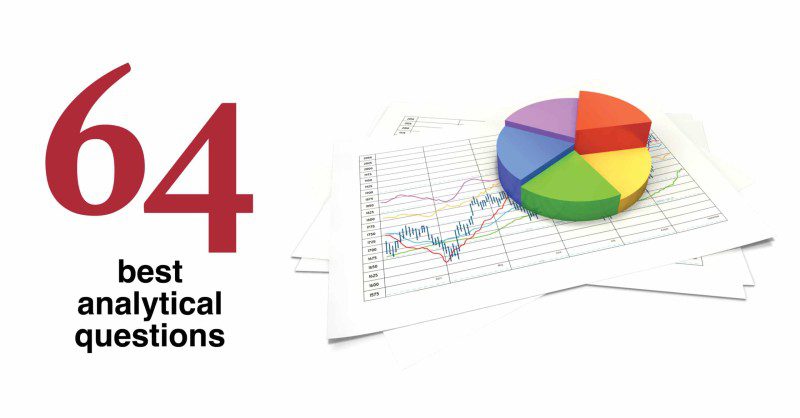688
Too many marketers are not taking the time to dig in on the analytics. There is no value in having access to data if you are not using it. The best brand leaders can tell strategic stories through analytics. In this article we will show you 64 of the best analytical questions to assess your brand’s performance.
Conduct a deep-dive business review at least once a year on your brand. Otherwise, you are negligent of the brand, where you are investing all your resources. Dig in on the five specific sections—marketplace, consumers, channels, competitors and the brand—to draw out conclusions to help set up your brand’s key issues, which you answer in the brand plan. We will show you 10 of our best analytical questions for each section.
Deep-dive business review
- Marketplace: Start by looking at analytical questions that look at the overall category performance to gain a macro view of all significant issues. Dig in on the factors impacting category growth, including economic indicators, consumer behavior, technology changes, shopper trends, and political regulations. Also look at what is happening in related categories, which could impact your category or replicate what you may see next.
- Consumers: Use analytical questions about your consumer target to better understand the consumer’s underlying beliefs, buying habits, growth trends, and critical insights. Use the brand funnel analysis and leaky bucket analysis to uncover how they shop and how they make purchase decisions. Try to understand what they think when they buy or reject your brand at every stage of the consumer’s purchase journey. Uncover consumer perceptions through tracking data, the voice of the consumer, and market research.
- Channels: We will show you the 10 analytical questions to help assess the performance of all potential distribution channels and the performance of every major retail customer. Understand their strategies, and how well your brand is using their available tools and programs. Essentially, your brand must align with your retail customer strategies.
- Competitors: Dissect your closest competitors by looking at their performance indicators, brand positioning, innovation pipeline, pricing strategies, distribution, and the consumer’s perceptions of these brands. And, to go even deeper, you can map out a strategic brand plan for significant competitors to predict what they might do next. Use that knowledge within your brand plan.
- Brand: Analyze your brand through the lens of consumers, customers, competitors, and employees. Use brand funnel data, market research, marketing program tracking results, pricing analysis, distribution gaps, and financial analysis. Focus on managing your brand’s health and wealth.



